Dahlia Myrtle’s Folly Dinner Plate Dahlia Bulb
$6.00
Genus:Dahlia
Species:dinner plate
Variety:Myrtle’s Folly
Zone:7 – 10
Bloom Start to End:Mid Summer – Early Fall
Habit:Upright
Height:4 ft
Width:24 in;Bloom Size:6 in – 8 in
Additional Characteristics:Easy Care Plants
Bloom Color:Multi-Color,Orange,Purple
Foliage Color:Medium Green
Light Requirements:Full Sun
Moisture Requirements:Moist, well-drained
Resistance:Deer Resistance
Soil Tolerance:Normal, loamy
Uses:Beds,Border,Containers,Cut Flowers,Fall Color
Plant Dahlia Myrtle’s Folly, a fimbriata dinner plate dahlia, in early spring, and in midsummer to late fall, typically to first frost, it blooms in masses of exhibition-quality 6- to 8-inch fully double flowers with fringy petals in shades of mauve and purple, blending to orange. Borne on long, sturdy stems, the highly decorative blooms attract butterflies and hummingbirds to the garden and make excellent cut flowers.
A Dahlia hybrid, commonly called dahlia, Myrtle’s Folly is a clump-forming perennial with an upright habit. Dahlia is a great container and garden plant, nice in beds and the middle of the border. It makes a stunning specimen but is shown to best effect when massed or grouped.
Dahlia grows best in sunny locations with fertile, humus-rich, well-draining soil, protected from strong winds. The plant tolerates clay, loam, and sandy soils with a neutral, acidic, or alkaline pH. During the growing season, dahlia should be kept consistently moist and never allowed to dry out. Pinching out growing tips encourages a bushy plant. Deadheading spent flowers promotes additional blooms. Dahlia can be grown in Zones 3-7 if the bulb is lifted and stored during winter. Myrtle’s Folly is deer resistant. This plant is not pet friendly.
| Weight | 1 kg |
|---|---|
| Dimensions | 1 × 1 × 1 cm |
Shipping Time
Shipping is an additional 15-35 business days depending on location. Shipping time will be provided at checkout.
Returns
If seeds fail to leave China, we will refund your payment 100%. But if seeds fail to reach you due to customs problem on your side which we were not informed in advance, we will not be able to bear any loss, and no refund will be made.
We sell only viable plants seeds online, and test germination of our seeds from time to time. So we will not be able to refund for seeds that clients fail to germinate, unless we are convinced that it's truly problem of our seeds.
———
Please send us an email: [email protected] and be as detailed as possible while filling in the information.
After submission, We will reply to you within 24 hours. Please be patient.
———
CHARGEBACKS & DISPUTES
Please contact us by email before opening a merchant chargeback or payment dispute, as we can generally resolve the issue before that takes place. Any chargebacks and disputes disable our ability to issue refunds or credits due to funds being frozen.
———
REFUND, EXCHANGE AND RETURN
Customers have the right to request a refund/ return/ exchange within 14 days from the delivery date. Our Customer Service team will offer the best solutions for specific situations.

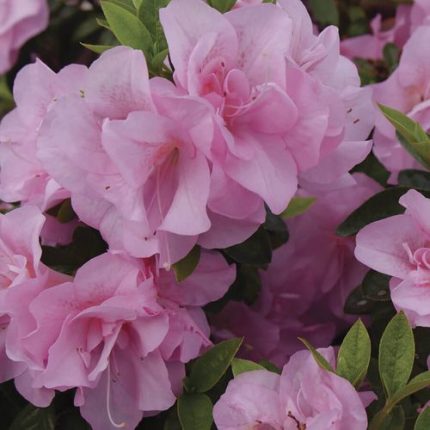
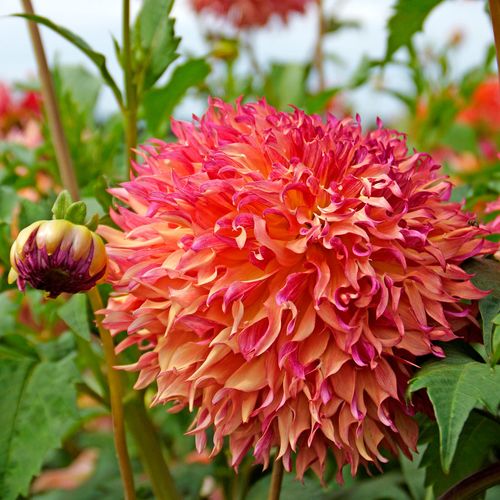
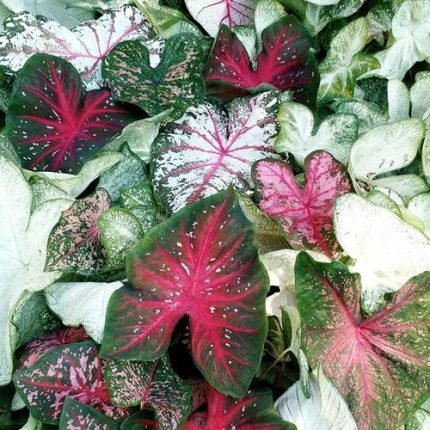
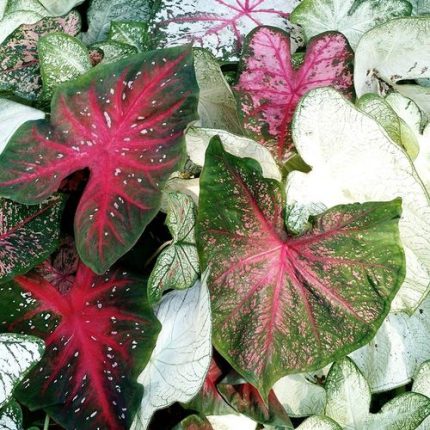
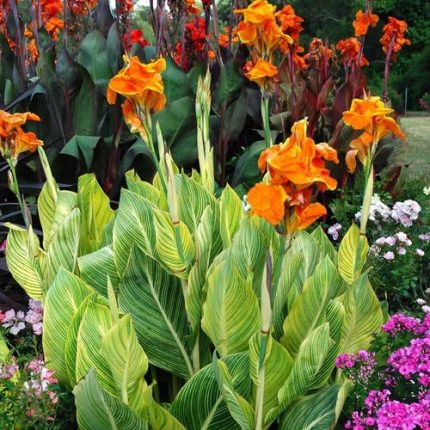
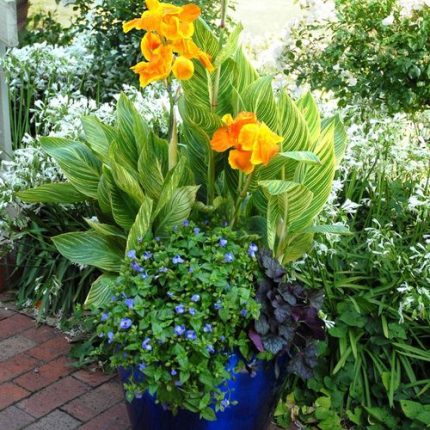
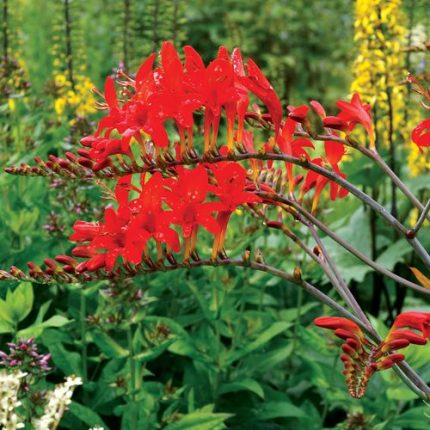
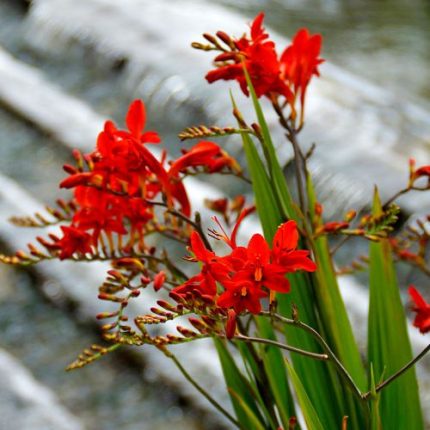

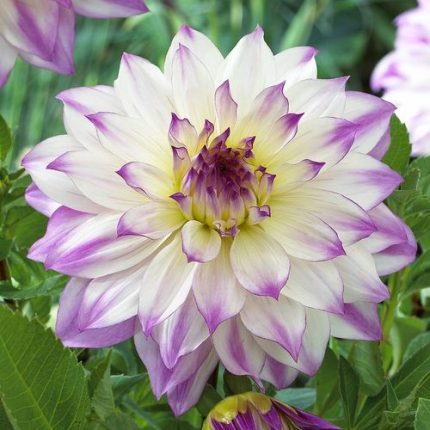
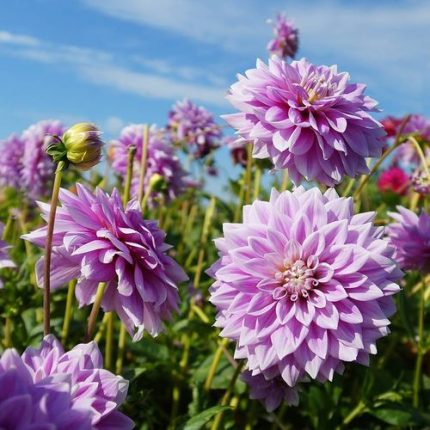
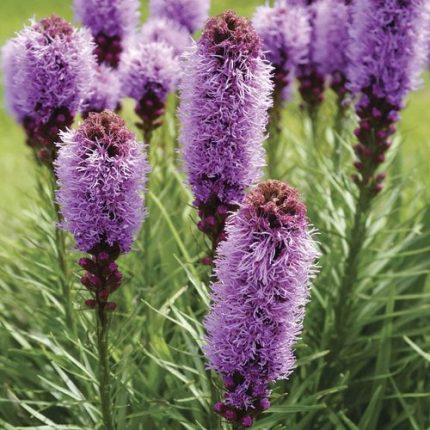
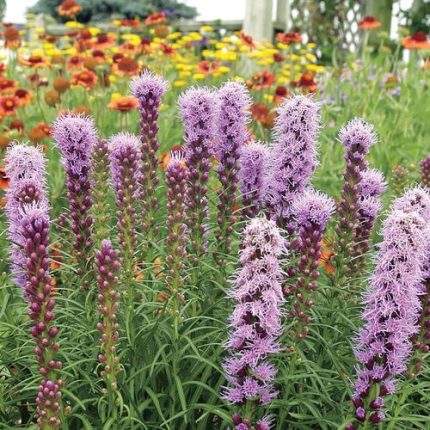
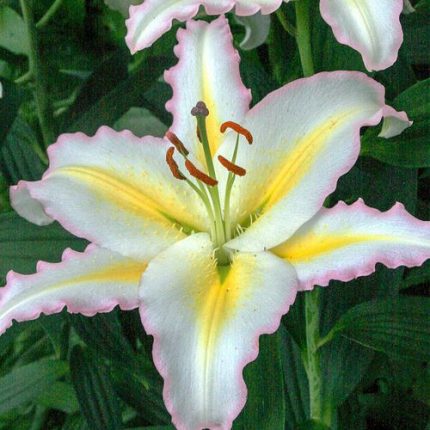

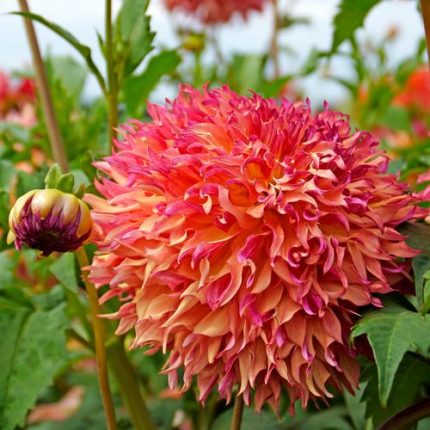
Reviews
There are no reviews yet.